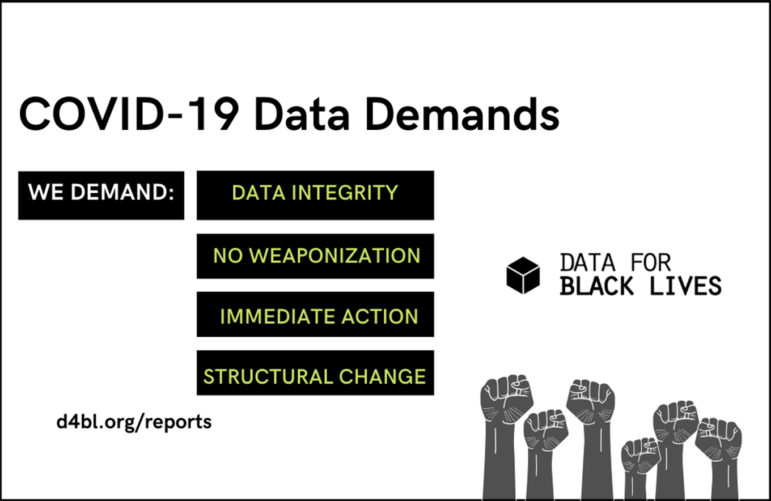The COVID-19 pandemic created a limbo in data gathering that has allowed researchers to highlight ambiguities normally glanced over, according to Shannon Mattern’s “How to Map Nothing” article, which was published in the Places Journal March edition.
Mattern, anthropology professor at the New School for Social Research, points to various new visualization and machine-learning tools for “acknowledging and manifesting the gaps” in archivists’ collections.
“Only recently have archivists — and theorists and artists of the archive — grappled with ways of acknowledging and manifesting the gaps in their collections. New processing and visualization tools, often using machine learning, have aided these efforts.”
Mattern starts off with an example from before the pandemic: How historian Tim Sherratt’s used a facial detection script to highlight the Whiteness of pictures in Australian archives. Mattern also mentions the paper “Computing in the Dark” by P. Gabrielle Foreman and Labanya Mookerjee, which shows “how text mining or social network analysis might redress the ‘haunting imprints and outright absences’ of Black women in the archives.”
During the pandemic, researchers had more time to look at which data was missing, Mattern wrote. The Data for Black Lives movement, for example, has been highlighting a lack of racial data that illustrates how minorities have been disproportionately affected by COVID-19.

“So it’s worth exploring the ways in which maps and other forms of indexical spatial data are registering the ambiguities, contradictions, and inequalities inherent in this geography of suspension — an ostensible pause that instead merely extends, and in many ways exacerbates, the injustices of our society and the inadequacies of our ways of conceptualizing and modeling city life.”
The pandemic has illuminated how networks of care are usually designed to “fade into the background,” Mattern wrote, which makes it harder to catch disproportionalities.
She refers to Whitney Pirtle’s paper “Racial Capitalism: A Fundamental Cause of Novel Coronavirus (COVID-19) Pandemic Inequities in the United States” when arguing that “disproportionate Black mortality and other overdetermined phenomena cannot be unpacked on a COVID-19 dashboard.” These types of phenomena will only surface in data by combining qualitative and quantitative data, using a variety of sources and methods, while at the same time being aware of the biases ingrained in our technologies.
“[W]e have to map across scales, linking quantitative and qualitative data generated through a variety of methods and with a range of tools: surveillance cameras and thermal sensors alongside on-the-ground contact tracing and ethnographic inquiry.”
This paper was brought to IJEC’s attention through the Spatial Journalism Newsletter by Amy Schmitz Weiss, a professor in the School of Journalism and Media Studies at San Diego State University.